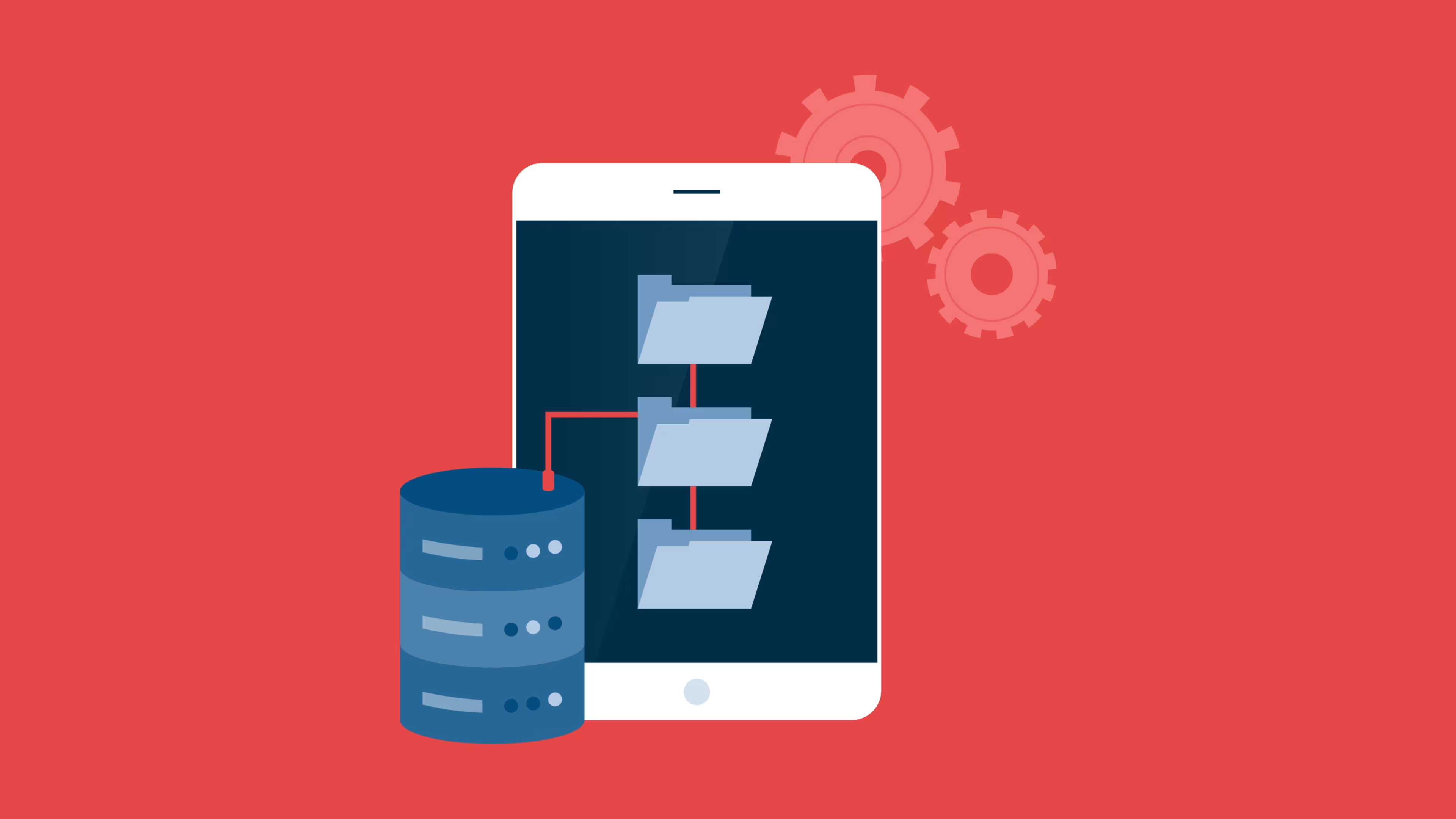Understand the different types of database architecture and how they function.
Database architecture plays a crucial role in the selection, performance, and capabilities of your company’s database. It determines how your team stores, manages, secures, and accesses data within the database. Lack of knowledge about database architecture could mean ending up with a database system that leads to workflow inefficiencies, higher costs, and security risks.
If you’re a small-business owner struggling to find the right database platform because of limited understanding of database architecture or design, we’ve got you covered. In this article, we explain the different types of database architecture and provide tips to identify which one works the best for your business needs, so make sure you read till the end.
Our lists of IT Services Agencies by location can help you find the services you’re looking for.
What is database architecture?
Database architecture refers to the overall design and structure of a database. It determines how data is organized, where it is stored, and how it is accessed within the database. It also governs the tools and technologies used to maintain your company’s database.
The architecture is largely defined by the system on which the database runs. It comprises three main levels:
Internal level: It deals with how data is physically stored and accessed on a specific platform. It helps optimize database performance by letting you choose the right file structure, indexing method, etc.
Conceptual level: It offers a high-level view of the overall database structure and how data is organized within it. It allows you to make informed decisions about how to use the database to support your business goals.
External level: It describes how data is presented to the users. It helps you understand how to use the database to provide users with the information they need, in a format that is most useful to them.

1. One-tier database architecture
The one-tier architecture is a simple design in which the database and the application that accesses the database are hosted on the same device. Users can access the database directly through the application, without the need for a separate server. Any changes users make are directly made on the database.
This DBMS architecture works well if your small business doesn't have a lot of data or a complex database structure. By hosting everything on the same device, you can cut costs and simplify setup by eliminating the need for a separate database server. Also, you have direct access to the database, which makes it easier to manage and retrieve data.
/ Tips if you’re considering the one-tier architecture
Avoid using this architecture if your business is growing quickly, and you expect to handle large data volumes in the near future.
Make sure the device hosting both the database and the application has sufficient power to prevent performance issues or disruptions to business continuity in the event of a failure.
If you want simplicity in the future, use the one-tier architecture, as it’s easier to manage and maintain due to lower complexity compared to other architecture types.
2. Two-tier database architecture
In the two-tier architecture, the database and the application that accesses the database are hosted on separate devices. For example, the database might be hosted on a server at your office, while the application is installed on your employees' computers.
There are fewer performance issues when the database and application are on separate devices because there are dedicated resources, including CPU, RAM, network bandwidth, and storage, available to power them.
You can scale the database and the application independently to add more resources to one or both, if needed. Also, since the database is hosted on a server, you have better control over who can access or modify the data.
/ Tips if you’re considering the two-tier architecture
If cost is a concern for you, avoid this database design, as it requires a separate server to host the database, which will increase overall expenses.
Make sure your team has the necessary technical expertise and resources to manage the two-tier architecture. Else, consider hiring an infrastructure consulting agency to avoid downtime or impact on your business operations.
Take regular data backups to ensure business continuity because if the server hosting the database fails, the entire system could crash.
3. Three-tier database architecture
In a three-tier architecture, the database, the application that accesses the database, and the user interfaceFor example, when you search for a product on Google Chrome, the web browser on your smartphone where you enter your query is the user interface. Chrome sends your search query to the application on its server, and then the application searches for a solution in its database, which is hosted on a separate server, to return results for your query.
This type of architecture can handle more data and users than a two-tier architecture, but it’s also more complicated and consumes more resources, including processing power, RAM, and storage space.
You should consider this architecture if you anticipate a lot of incoming online user traffic or want more flexibility in customizing the database to meet your business's needs. The three-tier architecture separates different components of a database management system, making it easier for you to control access to sensitive data and increase data security.
/ Tips if you’re considering the three-tier architecture
This architecture is designed to scale and may be overkill if your business doesn’t have plans to grow in the future.
Make sure you have software such as performance monitoring and backup tools that are required for the three-tier architecture.
Plan for security to ensure your data is protected. You can consider implementing measures such as encryption, firewall, and extensible authentication.
Find the right service for your business in Capterra's list of Iaas Providers in the United States.
Danylo Tolmachov[1], senior director of software engineering at Techstack Ltd, has some advice for small-business owners based on his experience with database architecture.
“The architecture of your database plays an important role in improving the data management capabilities for your business. I’d advise every SMB owner who’s choosing a database architecture to ask themselves these three questions. First, who will be using the system and interacting with the database? What is your team's level of experience and expertise? Second, what are the challenges that your database will face? What type of data will you need to store and how will it be used? And third, what level of security do you need? Are there any potential cyber threats to the system at your location?


Danylo Tolmachov
Senior director of software engineering at Techstack Ltd
Database architecture is the backbone of your company’s data management processes
Hope you’ve understood what DBMS architecture is and why it’s important to select the right database design for your small business. To summarize, here’s what you should remember:
Database architecture refers to the design of a database, including how data is organized and accessed.
There are three types of database architecture, and each has its own set of strengths and limitations. The best choice will depend on your business needs and goals.
It’s important to understand the basics of database architecture to make an informed decision about the type of database that will best support your data operations.
Want to learn more about database management? Check out these resources:

